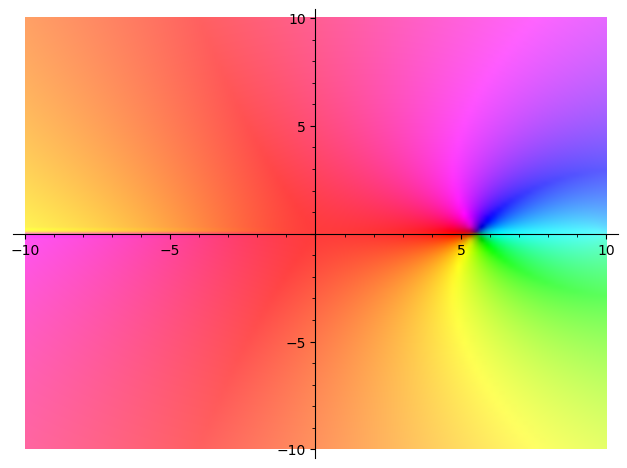Cannot evaluate symbolic expression to a numerical value
I'm trying to do this:
(sqrt(10*y*(10-y))+sqrt(1000)*acos(sqrt(y/10))-15*sqrt(2*6.673*10^(-11)*50000000000)).roots( ring=RealField(100))
Unfortunately I get the error in the title.
Also any other way of solving the above equation numerically would be appreciated. I was able to do it in maxima using find_root but was hoping for a better function (one that doesn't require specifying an interval). I couldn't use find_root in sage because it returns the error 'unable to simplify to float approximation' and ofcourse solve doesn't return explicit solutions.



